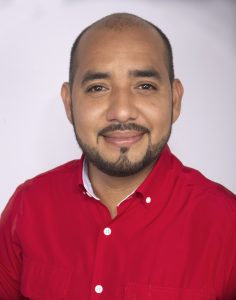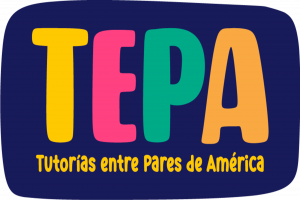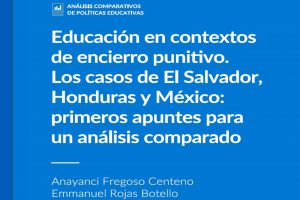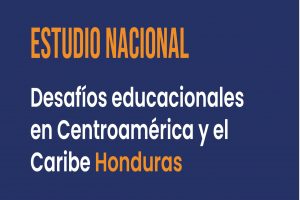Honduras
INICIO
Países
Indicadores
Recursos

Xiomara Castro
President

Daniel Esponda
Minister of Education
# Population
9.905 M
# Students
2.027.822
# Teachers
103.353
# Schools
26.103
Average score in mathematics TERCE and ERCE
Average score in reading TERCE and ERCE
Completition and mean of schooling
Evolution of access to basic resources
Evolution of enrollment
Evolution of inequality
Expense
Evolution of poverty
GDP and growth
Government expenditure on education
Per pupil expenditure
Political participation index
Population by age and gender (2020)
Percentage of poverty by age and gender (2018)
Percentage of extreme poverty by age and gender (2018)
Political context
Honduras has been an independent country since 1821. It is a democratic and representative republic in which the government is composed of legislative, executive and judicial powers.
The current constitution is from 1982, the result of a Constituent Assembly elected for that purpose in April 1980, following the political pact that put an end to 17 years of military rule. In 2009 there was a coup d’état to the executive branch and since then the political scene has been reconfigured, and there are currently 14 legally registered political parties.
Economic and social context
The population is 9,436,278. The official language is Spanish, with 8 dialects.
Honduras has shown the second highest economic growth rates in Central America in the last five years, well above the average for Latin America and the Caribbean. It has an economy in which its main contributor to GDP is expatriate remittances, 22.2% in 2019, followed by manufacturing, the financial sector and then the agricultural sector.
Educational context
The education system is organised at 4 levels: pre-basic, basic, secondary and tertiary. The governmental system regularly distinguishes between morning, afternoon, evening, night and distance education. The existence of more than one day depends on the availability of infrastructure (premises) to cater for the enrolment.
On the other hand, teaching places are allocated according to the number of students enrolled, thus giving rise to multi-grade schools or sections when the minimums regulated in Article 34 of the Regulations for Educational Centres are not met. For the urban area, the indicated range is between 25 and 35 learners; the rural area with communication facilities the expected range is between 20 and 35 learners; and in the isolated rural area the approved range is between 15 and 35 learners.
Photo credit: GPE KIX
Find more strategies, research, innovations and evaluations by clicking on see more resources.
Select Indicators
Learn more about the country and the region!
Select and visualise different dimensions, variables, indicators and countries by scrolling through a time range of 20 years, which you can download and share.



